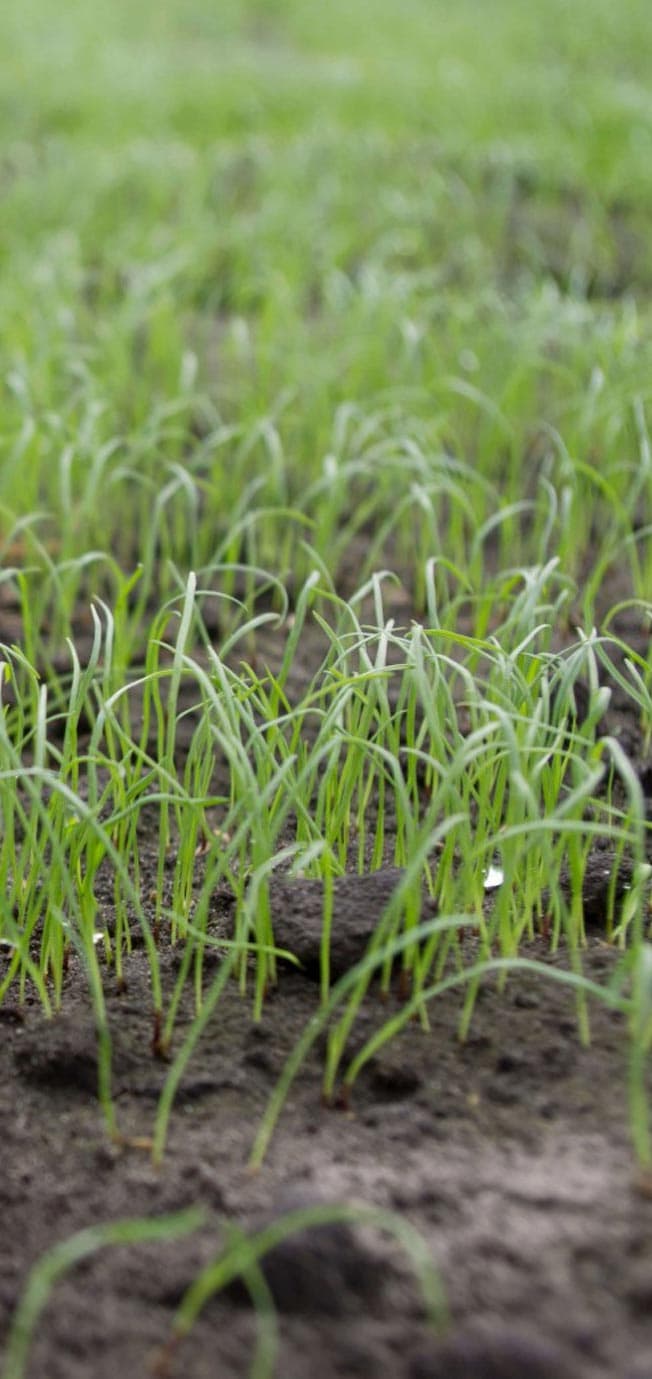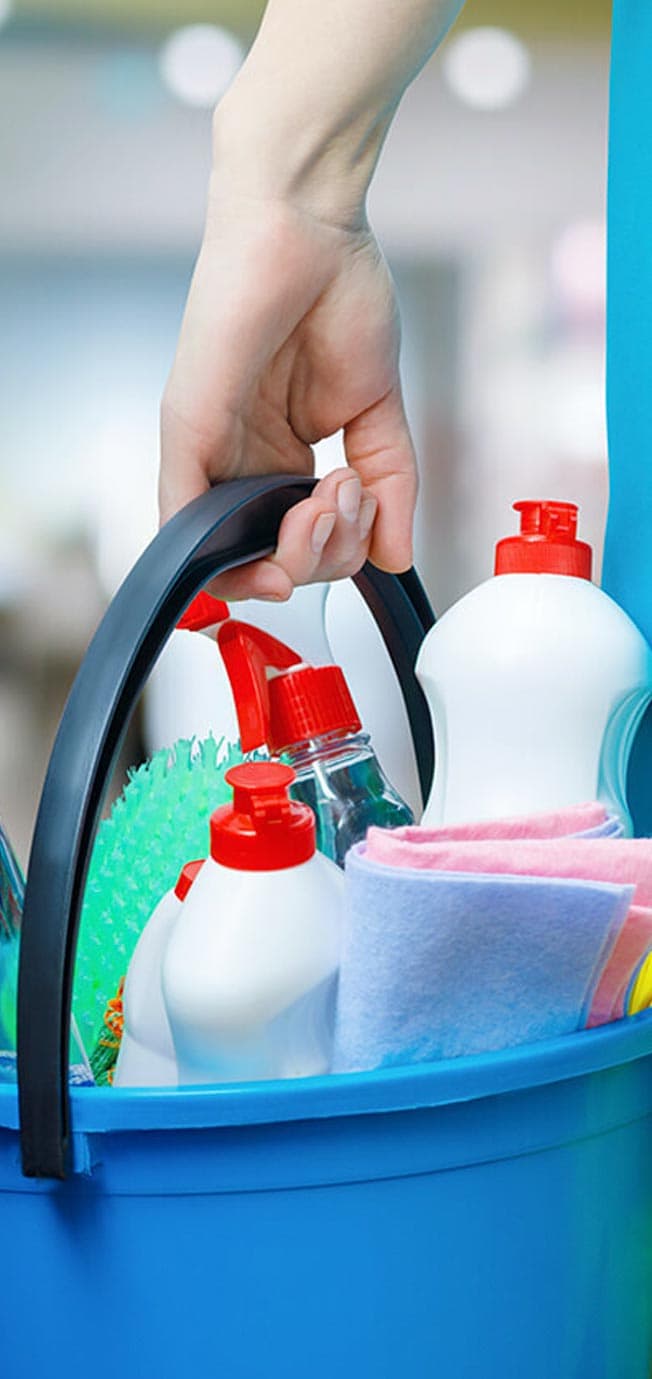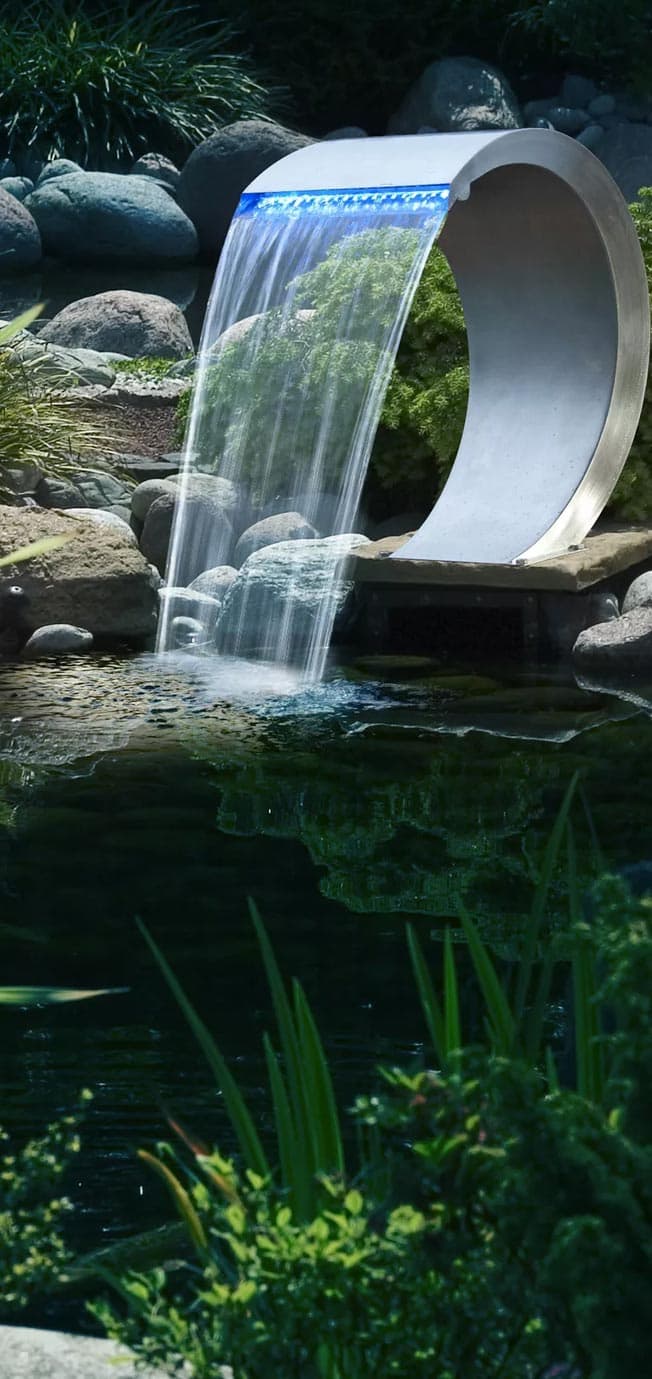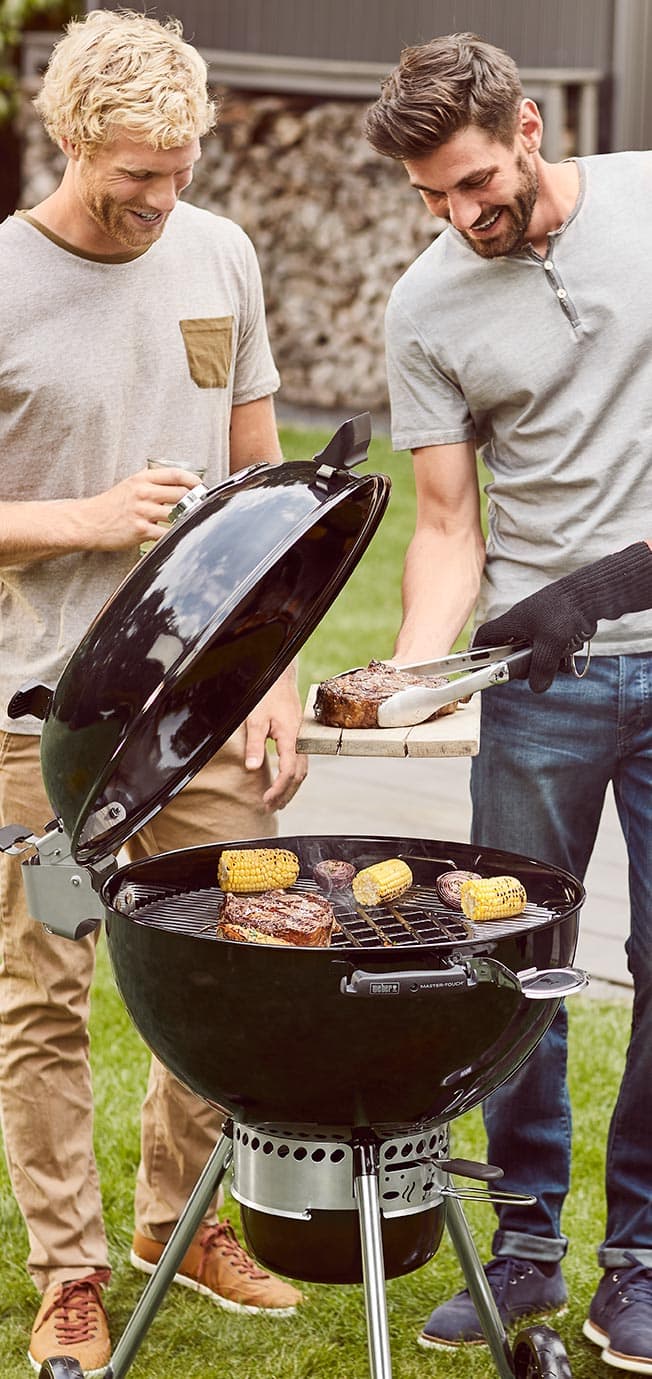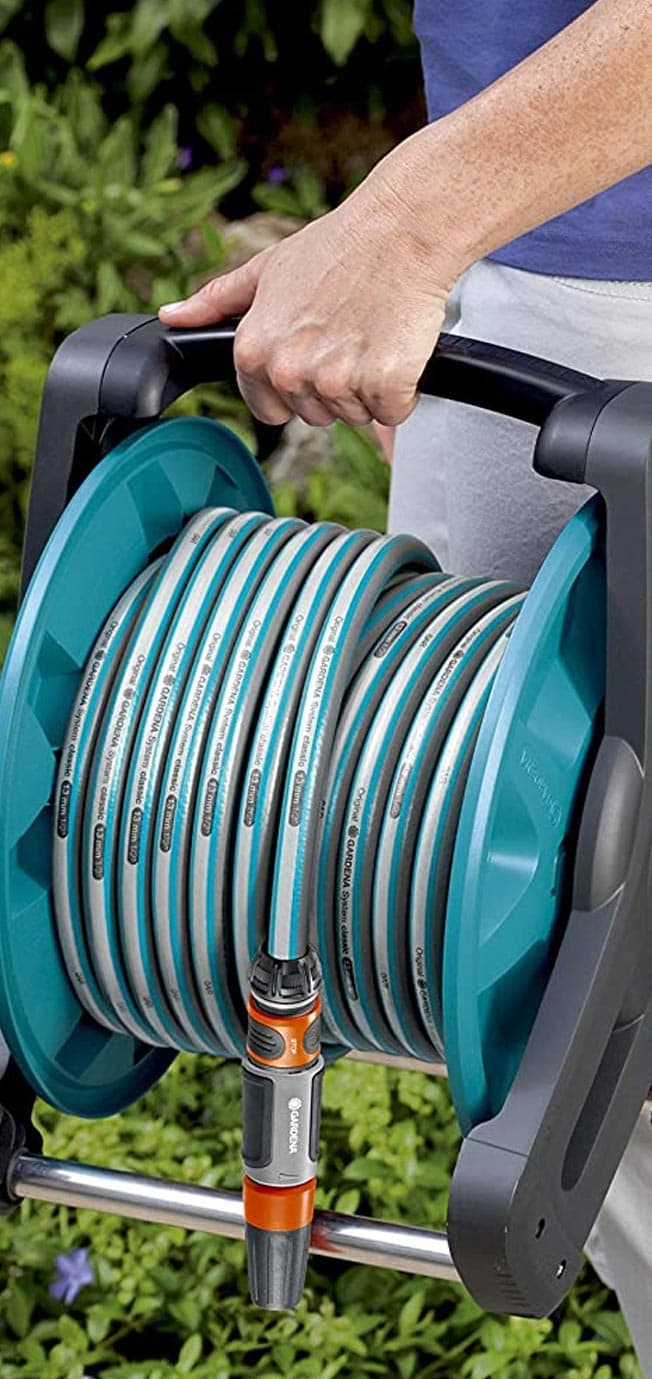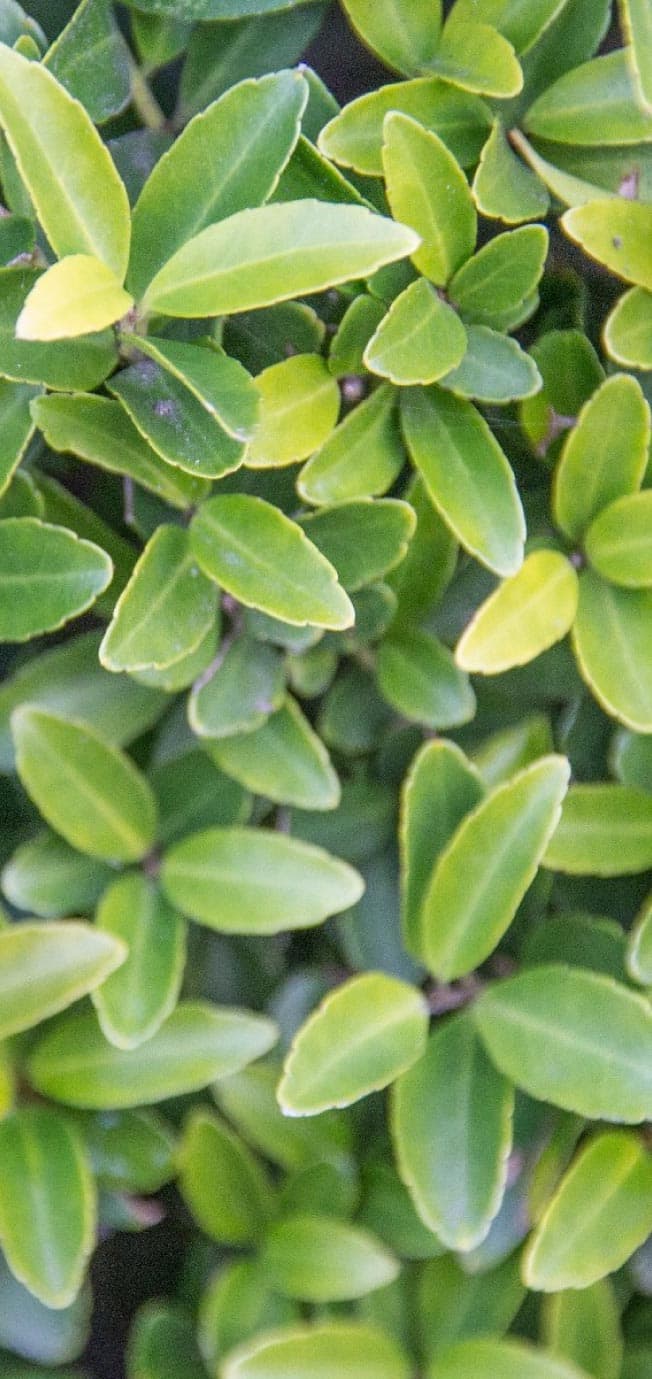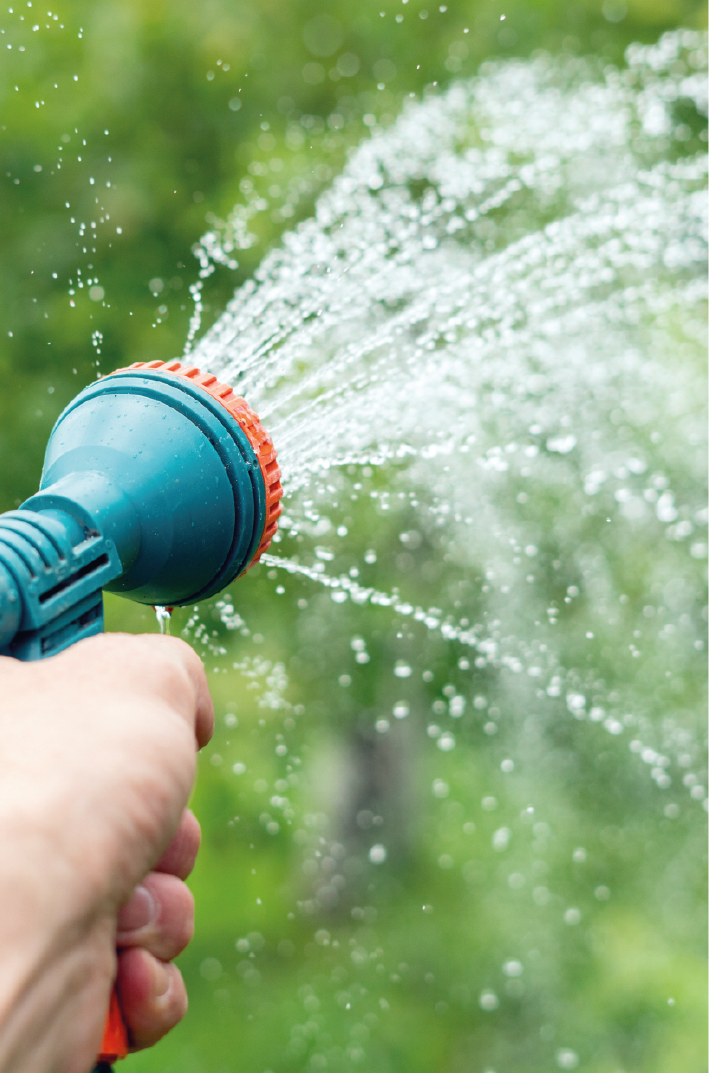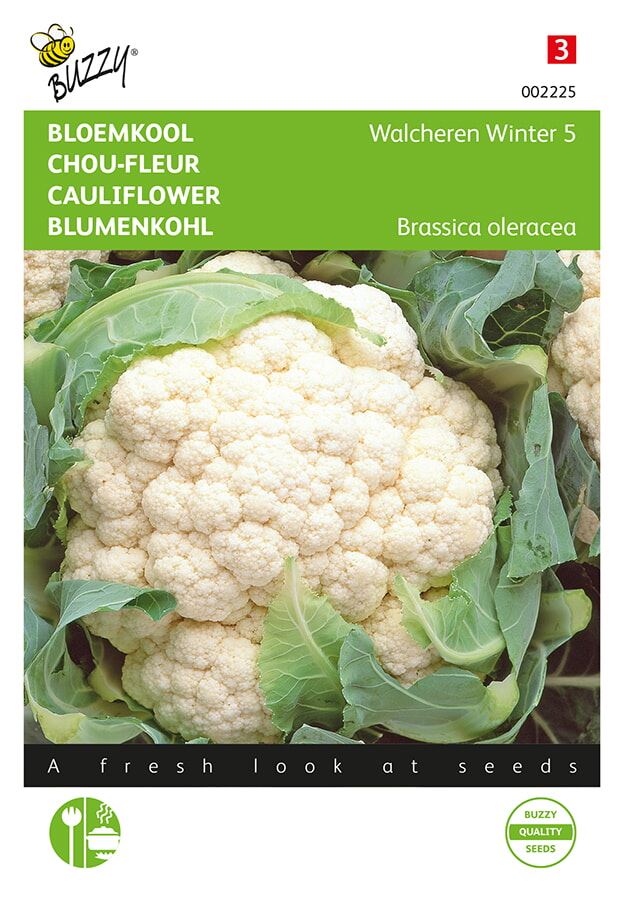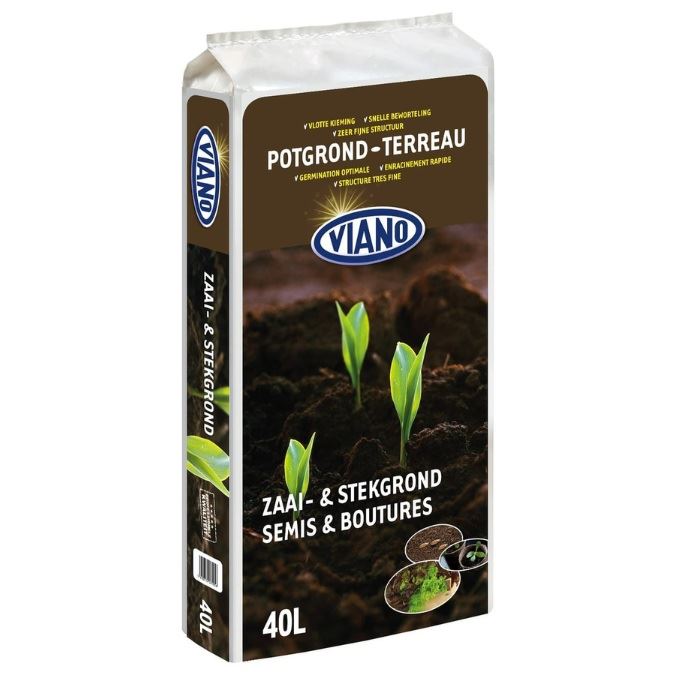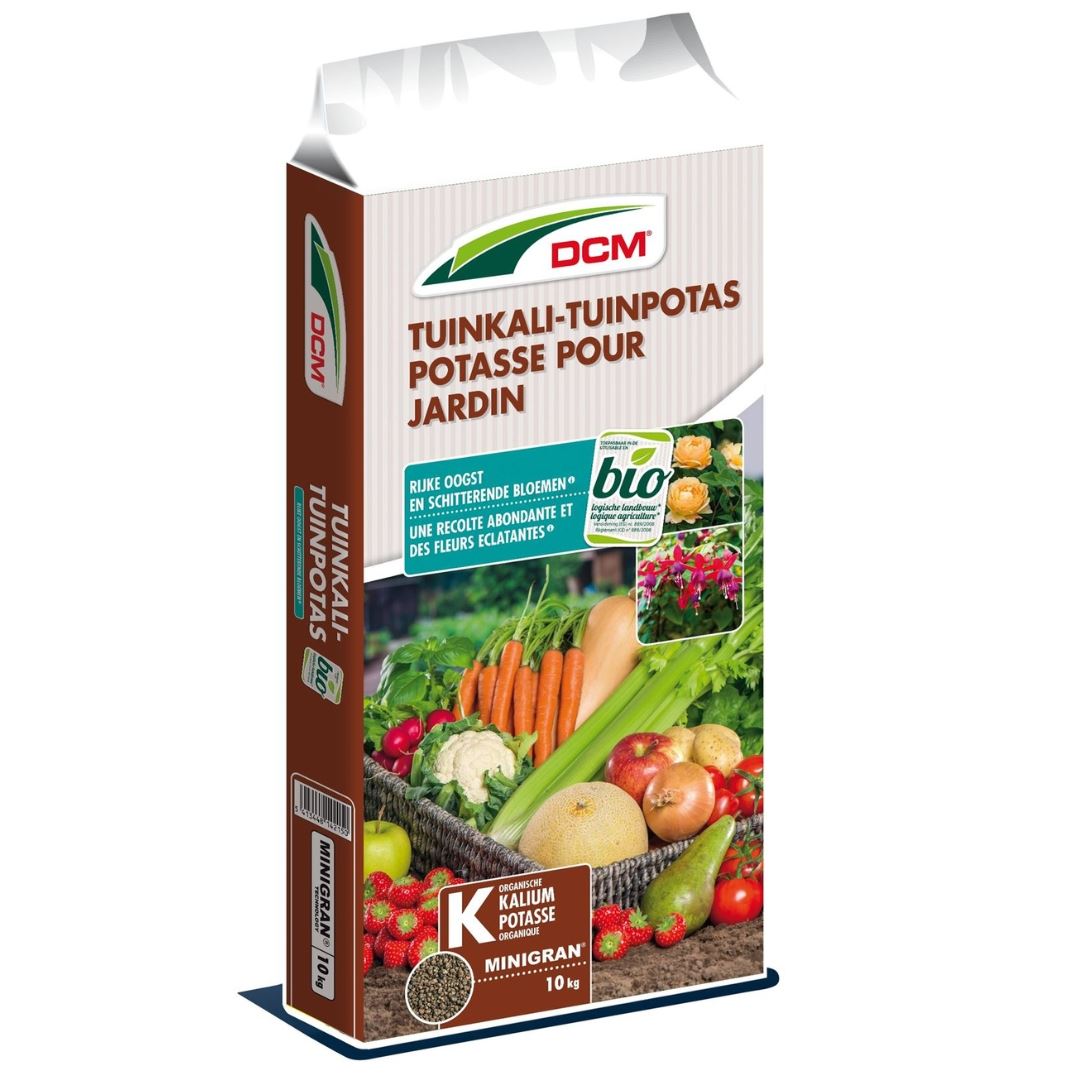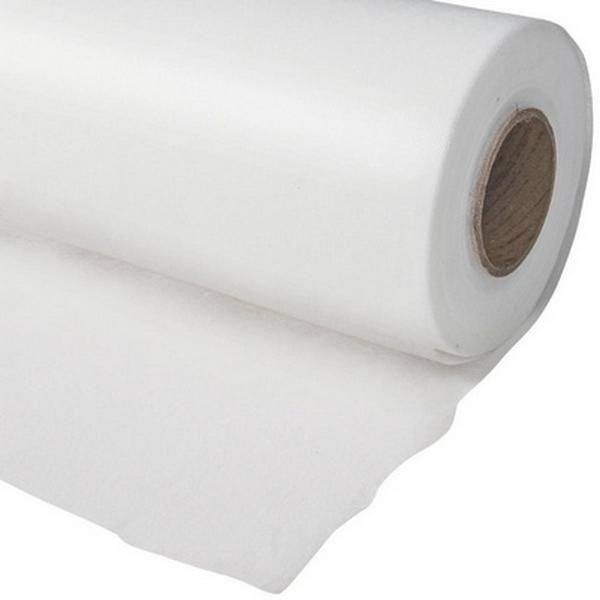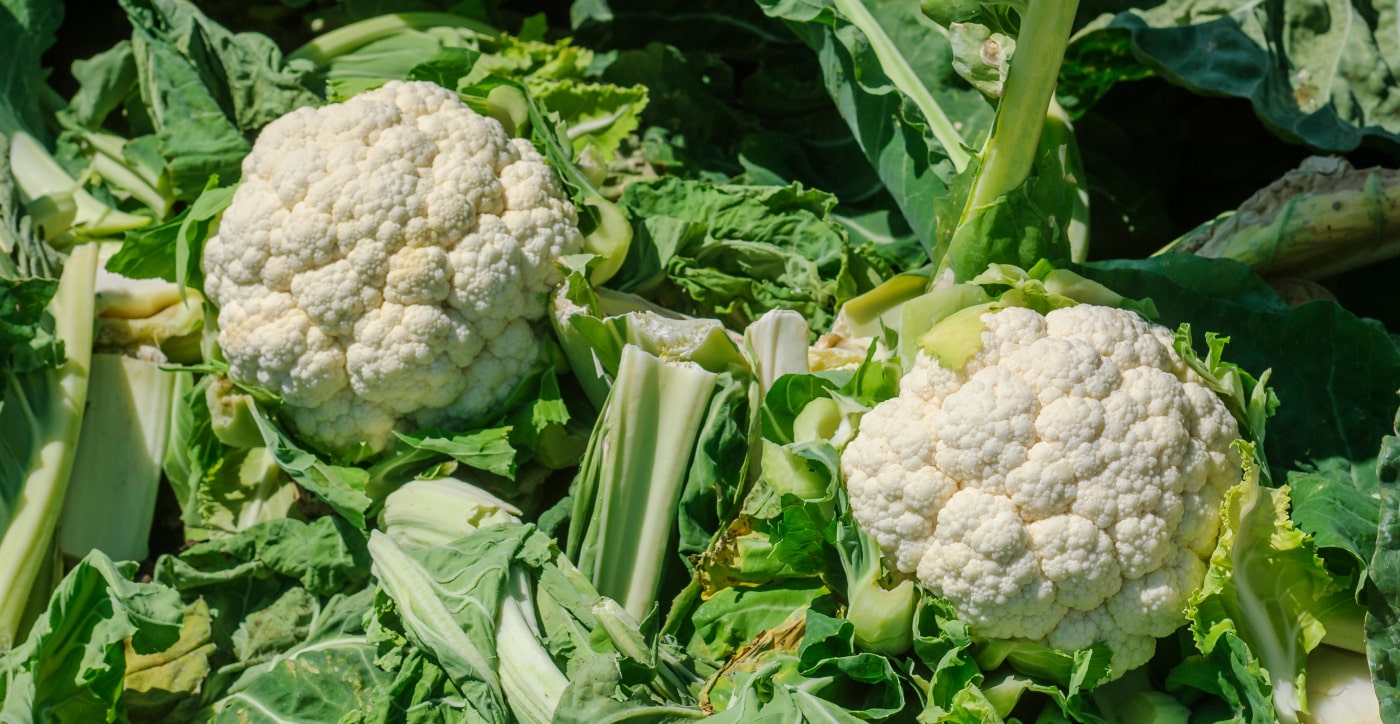
Planting cauliflower in February/March
Sowing in the fall?
You can plant crops in the fall to harvest early vegetables in the spring. This technique dates back to the time when there were no heated rooms for sowing. Today, this form of cultivation is no longer used out of necessity but to advance the harvest.
The best known examples are early cauliflower and winter cauliflower. But what exactly is the difference between them?
Winter cauliflowers are special varieties, for example the "Walcheren winter", which is sown in summer and is frost resistant. They are grown outdoors, but must be covered in case of heavy frost. Only a few types of vegetables are suitable for this method of cultivation, notably winter cauliflower and winter pointed cabbage.
Early cauliflower is planted from October to December. These cauliflowers are then sold in February and early March and grown in the greenhouse. Early cauliflowers are not frost tolerant and must be covered with a veil (also in the greenhouse) in case of heavy frost.
Any benefits?
In the spring, the real vegetable farmer is on the move. Early cauliflower and lettuce are the first vegetables you can plant!
The great advantage of this early crop is that the risk of diseases and pests is much lower. The cabbage whitefly is the big culprit in the cabbage crop. The caterpillars of these moths eat the leaves of the cabbage and soil the cabbage with their excrement. Since the cabbage whiteness does not appear until April, early cauliflowers are not affected!
Planting early cauliflowers in the greenhouse also ensures optimal occupation. Since you can harvest early cauliflower as early as May, you can also grow other crops in your greenhouse afterwards.
Sowing or planting?
You can easily buy early cauliflower seedlings starting in February. This is the easiest way. Give the crops plenty of water a day before planting. Also be sure to bury the plants deep enough in the soil. Use a planting distance of at least 60 cm between rows and 40 cm between rows. In spring, the crops will have grown sufficiently and you will be able to enjoy tasty early vegetables.
Do you want to plant yourself? Then you have to choose the right varieties. You can't use the common cauliflower varieties for this.
Sowing is best done in seedling and cutting soil. Make sure it is not too hot when sowing. If necessary, place the plants in a cooler room after they emerge. Otherwise, you will get thin, flaccid plants.
The sowing period depends on several factors: Which vegetable do you want to sow? And in what type of pot should the plant overwinter? Celery, for example, starts growing in August, while cauliflower does not start until late September/early October.
Plant the best plants in pots of about 9x9 cm or 10 cm in diameter. You can continue to grow them in the greenhouse until early February. From then on, you can give them their permanent position. Plant them deep in the soil until they are just below the first leaf branch. It's best to give them a fertilizer rich in nitrogen and/or potassium from vinasse before planting them in their permanent location.
Also keep a close eye on temperatures while the vegetables are in the greenhouse. When it is freezing, it is best to cover the greenhouse with a veil to prevent frost damage to the plants. Remove the cloth as soon as the sub-zero temperatures have passed. At temperatures above 5° C, the greenhouse should be ventilated as much as possible. This way, the leaves of the plants stay dry, and the mildew fungus has no chance. The plants only need a little water during this process. When the plants have just emerged from the soil, they should be aerated as much as possible.
The lack of heart in cauliflower
A problem that sometimes arises in growing early cauliflower is the lack of heart in the plants. There is no heart in the plant, and you just get lots of leaves but no cauliflower
The most common causes of this phenomenon are:
- The plants have been grown in conditions that are too cold. So covering them with fleece, as we have mentioned several times before, is very important for this crop. When you buy your plants, check to see if you can see a heart in the cabbage (this is a small leaf rolled up in the middle of the cabbage).
- Dryness: In the greenhouse, it can be hot, even in winter or early spring. Are you not giving enough water? A growth stoppage can then occur, leading to a lack of heart.
- Molybdenum deficiency: Cabbages like to grow in fairly calcareous soil. Is your soil acidic? Then fertilizers such as molybdenum are less well absorbed, and a molybdenum deficiency can occur. You can avoid this problem by rotating crops and giving enough lime, but also by using an organic compound fertilizer that contains all the nutrients. Other fertilizers are often made up of farmyard manure only. Use a high quality potting soil for planting, as it already contains the necessary nutrients.
Have fun planting and eating!
More tips for growing the tastiest greens yourself? 👇
More info? Receive all our gardening tips directly in your mailbox!
We'll only email you handy facts, green advice and our best promotions & discounts. You'll receive it about once a week and you can unsubscribe at any time. No spam, promise 🤞

